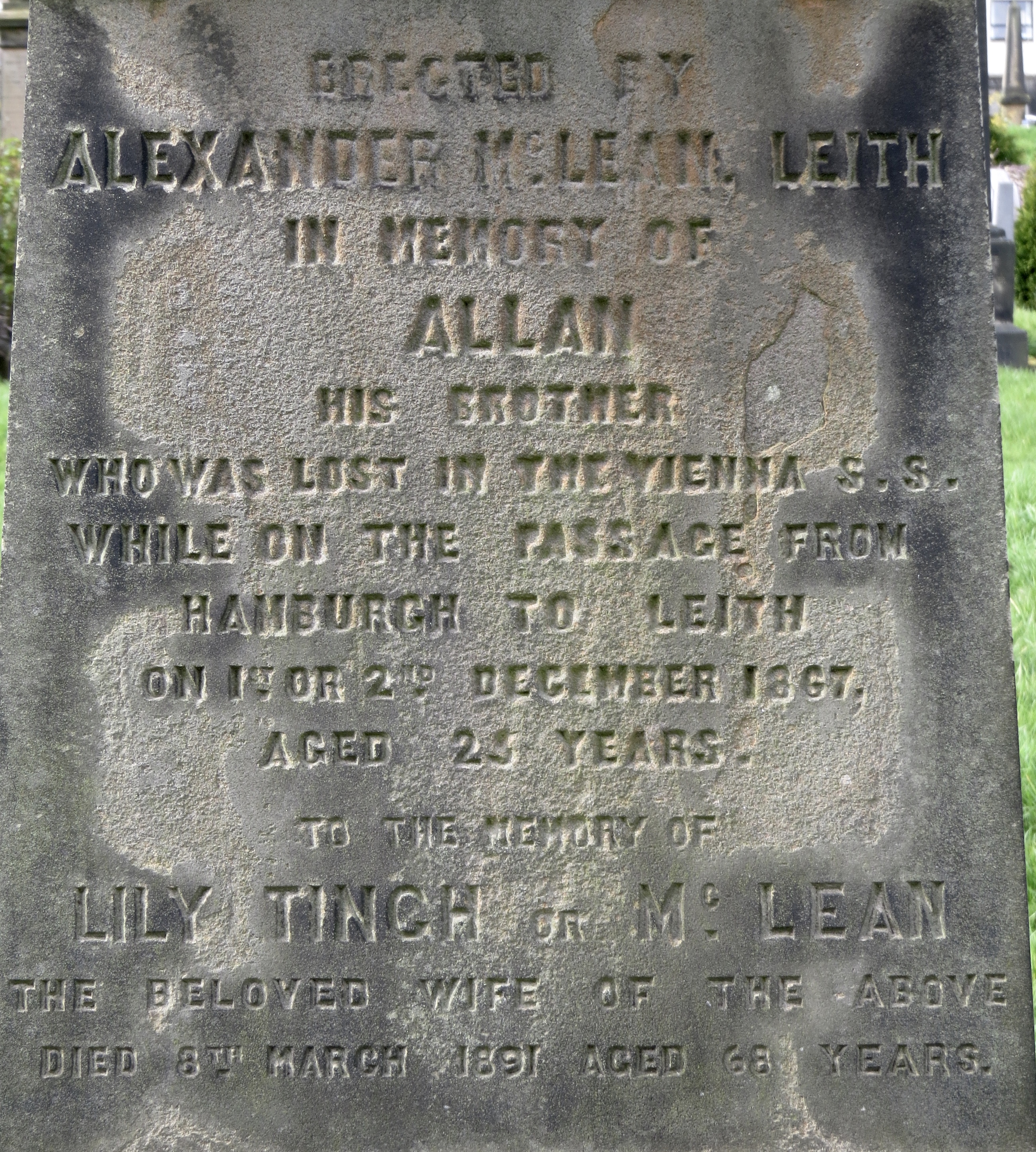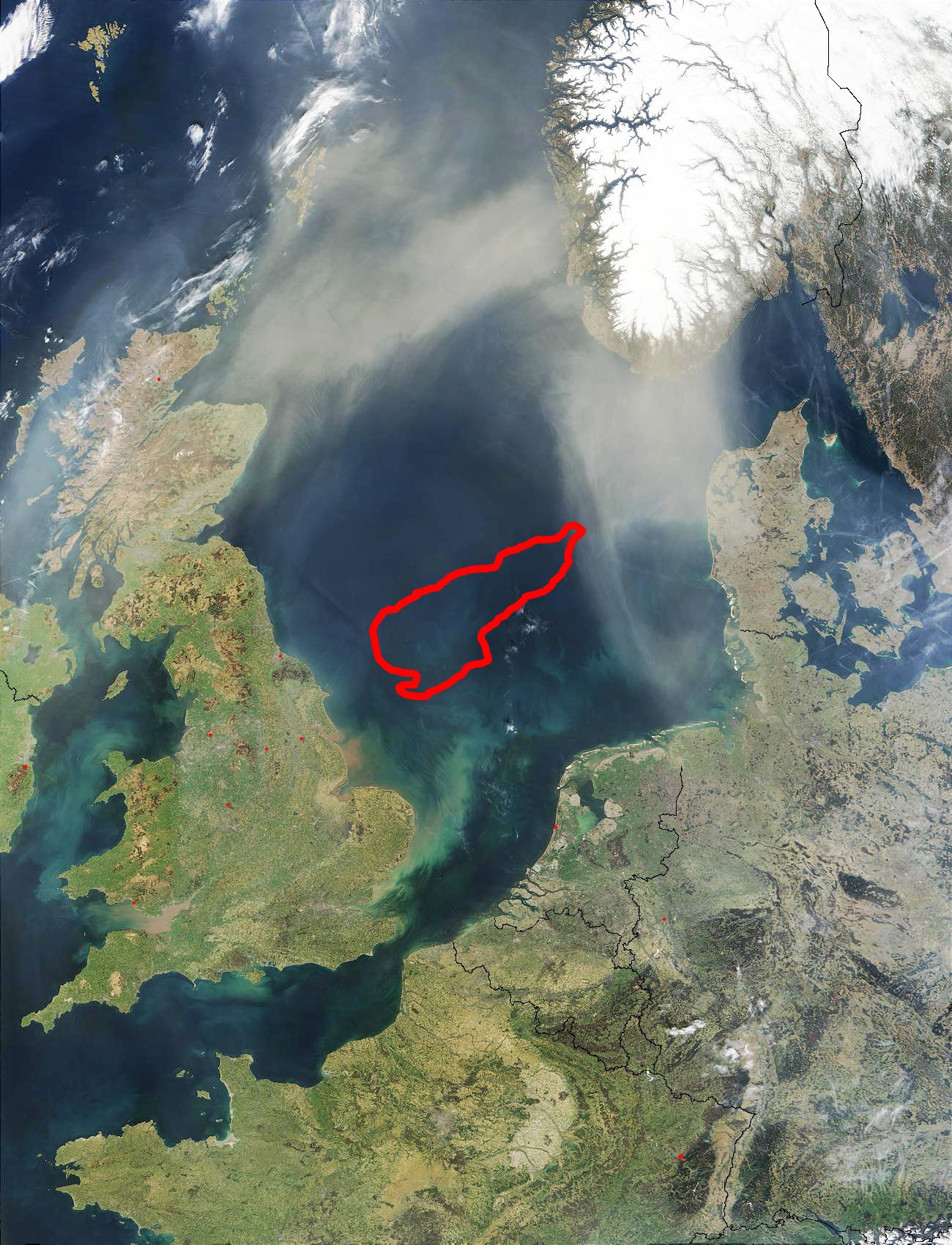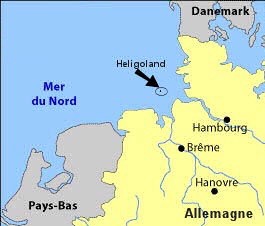
Such is the safety of modern international air travel that we tend to respond with shock – not just horror – when something goes terribly wrong.
In the 19th century, these catastrophes were all too common for those who travelled by sea, but descriptions of their loved ones’ unresolved hope, distress and eventual resignation are painfully familiar.
A catalogue of such loss and grief stretches across every cemetery in Edinburgh, not least Rosebank. Here we find a monument erected to the memory of Allan McLean, a Leith mariner who died, aged 25, in 1867.

No fears for crew or cargo
The S.S. Vienna was a 617-ton single-screw iron steamship of 120 horsepower, built in Glasgow and completed in August 1863 for the Leith, Hull & Hamburg Steam Packet Company, based in Leith.
She measured 216’ x 27.1’ with a hold of 14’. Her role was to carry passengers and goods between Leith and Hamburg. She was fast. She was sleek. She was powerful.

Under the command of the very experienced Captain Seater (or Seaton according to some sources), she was bound for Leith with a cargo of wheat, flour, beans, butter, wool, and German toys for the Christmas market. She sailed almost immediately into a heavy storm that raged over the North Sea causing havoc for the next few days.

The Vienna did not arrive home at the time expected. Another vessel, the Curfew, which had left Hamburg shortly after her, made Leith on Wednesday, much battered about and with one crewmember washed away after encountering ‘terrific weather’ on the previous Sunday and Monday. Reports began to come in that on 2 December, casks of butter had been found floating off Spurn Head. On 9 December, the Scotsman reported:
It was distressing to witness the painful anxiety manifested by the friends and relatives of those on board as they every now and then entered the company’s offices on Saturday with the inquiry, ‘Is there any word of the Vienna yet?’ to which the unwelcome answer ‘No’ seemed to aggravate their worst fears.
By 16 December, ‘the futility of all attempts to discover the slightest trace … had led even the most sanguine to abandon hope’. A little before Christmas, the Glasgow Citizen reported a derelict ship sighted near Dogger Bank, ‘cut down to the water’s edge, having evidently been in collision with some steamer. The water in the vicinity was, moreover, strewed with toys’.

On 27 December, according to the Times, a lifebuoy belonging to the Vienna was found some 28 miles north-east of Heligoland.
Within days, Currie & Co announced the melancholy conclusion of their investigations:
[T]he WARSAW, while on her voyage to Hamburg, passed a timber-laden bark which had lost her fore and mainmasts, and was cut into deeply at the bows, as if from collision with an iron steamer. The same vessel appears to have been seen by the Hull smack NYMPH with a quantity of toys and other cargo floating near the place. The bark had no one on board, and, as there was a heavy sea at the time, no attempt was made to board her. It is known that the VIENNA had toys among her cargo, and as the bark was in the track of the Leith and Hamburg steamers it seems probable that the VIENNA, while lying hove-to in the heavy gale of the 1st and 2d inst. (in accordance with the usage of our ships in such weather), may have been run into at night or in the darkness of a snowstorm by the bark or by some other heavily-laden Baltic vessel driving before the gale.
Early in January, wreckage unmistakably from the Vienna came ashore.
Now, there could be no more doubting. All aboard had been lost: three cabin passengers (Glasgow businessmen), 20 crew (including Allan McLean), and seven or eight Mecklenberg sailors en route to another vessel in Granton and thence to Constantinople.
Mitchell’s Steam Shipping Journal reported that there was no suggestion that the Vienna had been overloaded or carrying excessive freight on its deck, unlike another Leith steamer – the Ivanhoe – which was lost in the same storm. In all probability, the Vienna was simply ‘overpowered by the violence of the wind and the seas’. The article continued:
In 1861 the cause of the loss of seven steamers chiefly trading to the Batlic, was directly traceable to the water pouring down the engine-room skylight and putting out the fires. They then became unmanageable, broached to, and were swept by sea after sea until they foundered.

I have found no trace in newspaper archives of any bodies being recovered from the Vienna. It therefore seems likely that Allan McLean is recalled rather than interred here.
His death was recorded in a short personal notice in the Edinburgh Courant of 9 January 1868:
Lost on board the Vienna (S.S.), on her passage from Hamburg to Leith, on the 1st or 2d December, ALLAN M’LEAN, of No. 2 Hawthorn Bank Terrace, North Leith—deeply regretted.
In the 1867–68 Post Office Directory, it is Allan’s brother Alexander whose name appears at this address, alongside his trade as ‘fireman’. Quite how he afforded such a substantial monument is not clear.
A subscription fund was launched in Leith for the relief of those dependants (14 widows and 47 children) whose loved ones had perished. By the end of January 1868 it had already accrued over £660.—AM
[Thanks to Michael Palmer’s research at rootsweb.]
